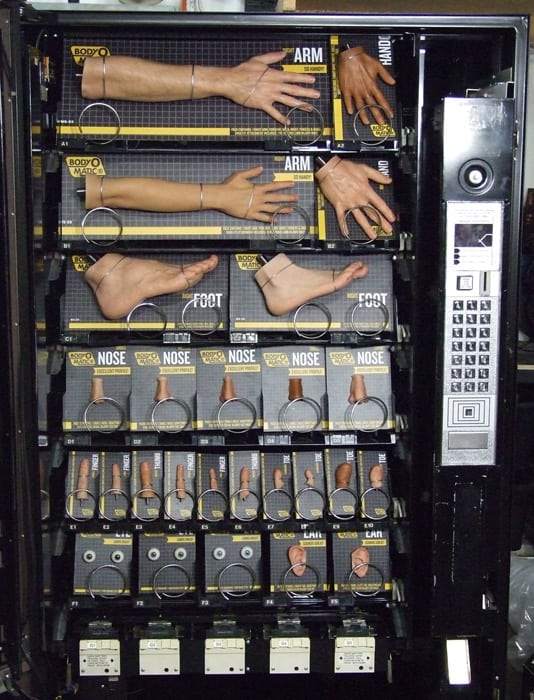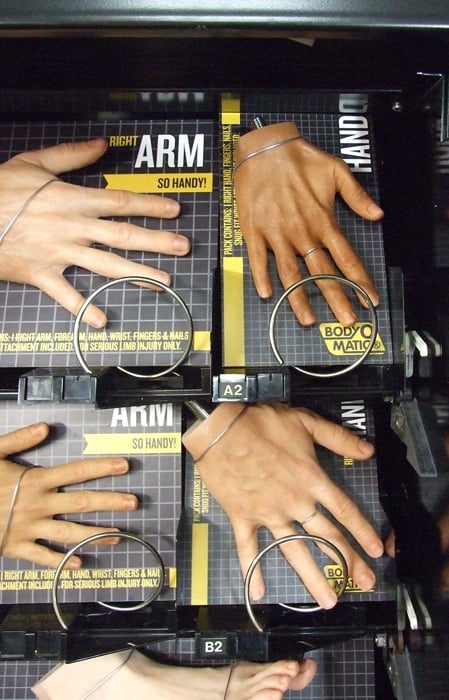Australia is undergoing a process of national harmonisation on workplace safety legislation. The government has played down the chances of State jurisdictions creating exemptions to, or variations of, OHS law. The message was that we are all “singing from the same song sheet”.
Even before model OHS legislation has been approved, the New South Wales Farmer’s Federation has wangled an exemption from the driver fatigue legislation in that state.
According to the President of the NSW Farmer’s Federation, Jock Laurie, the fatigue law was not about reducing or removing fatigue from the transport industry, it was about
“bureaucrats finding other ways to make life difficult for people”.
He is willing to even go on the record with the statement – Jock Laurie
As farmer and outspoken conservative Senator Bill Heffernan, said in Parliament on 22 September 2008, the legislation
“is designed to make driving safer and the work conditions better for drivers in Australia, and to harmonise the laws across the states.”
Yet he goes on to support the call for an exemption which results in weakening the harmonisation process.
It seems that farmers who drive trucks long-distances over many hours, particularly during harvest-time, do not have any relationship to the transport industry. The situation will now be that a petrol tanker driver on a country highway can operate under one set of national OHS and transport rules and a farmer delivering grain to a port operates with an exemption – all because maintainign a log book is unnecessary red tape!
This threat to the harmonisation process should have been jumped on by the Federal government.
However, it has to be said, that inadequate transport infrastructure investment has lead to the closure of country rail lines and increased the need for farmers to transport produce by road, thereby increasing the road risk to rural communities. Perhaps the farmers’ lobby groups realise they can’t change the big picture so are aiming for little targets.


